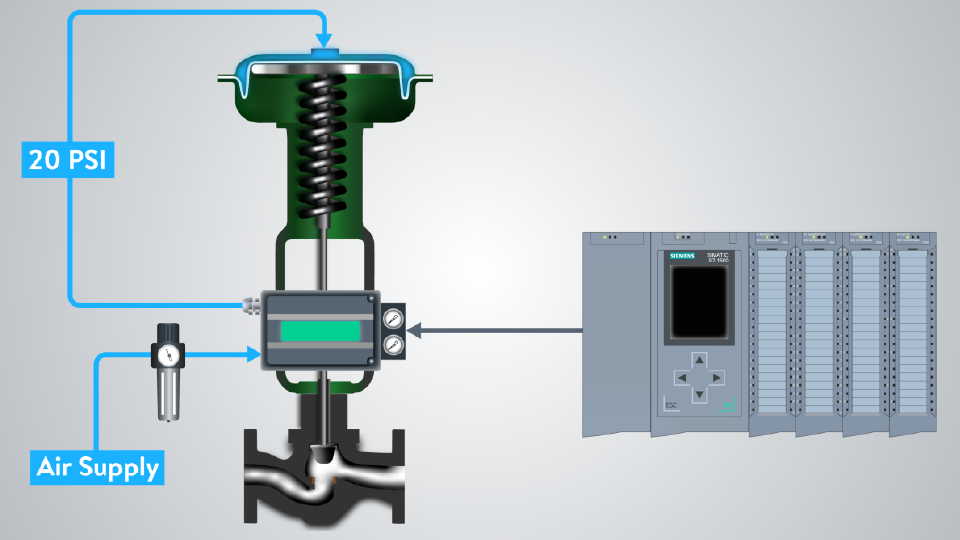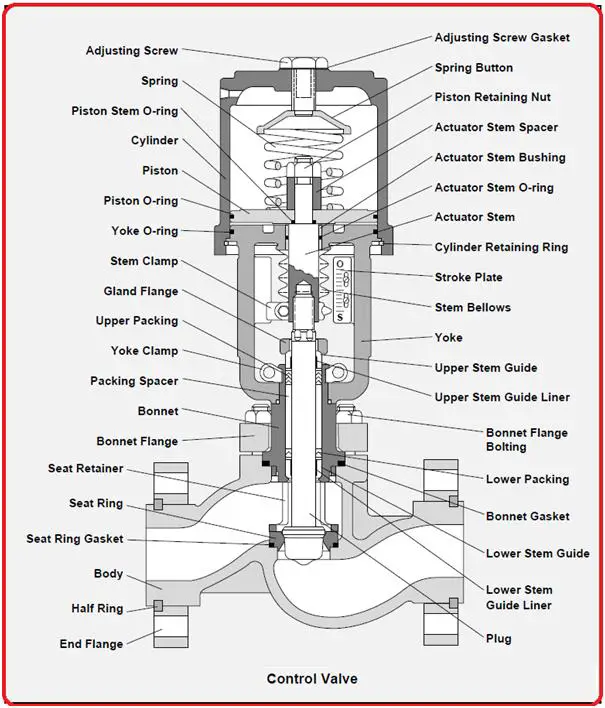The Role of Control Valves in Liquid Flow Management Equipment
The Role of Control Valves in Liquid Flow Management Equipment
Blog Article

Maximize Energy Financial Savings and Comfort With Advanced Structure Automation Controls
In the world of modern design and facility management, the integration of innovative structure automation controls stands as a crucial development. The convergence of modern technology and sustainability has actually birthed a brand-new period where energy efficiency, convenience optimization, and functional streamlining are no more far-off aspirations but attainable truths. By using the power of automation, buildings can adjust, respond, and advance in ways that were when inconceivable. The capacity for substantial energy cost savings and enhanced comfort is not simply an opportunity yet a promise waiting to be fulfilled. This paradigm shift in structure monitoring holds the essential to unlocking a world where environmental conscientiousness and resident wellness harmoniously exist together within the walls of our frameworks.
Power Effectiveness Advantages
Power efficiency advantages can considerably reduce energy consumption and functional costs in buildings. By carrying out energy-efficient techniques and modern technologies, building owners and operators can achieve considerable savings while additionally adding to environmental sustainability. One of the key advantages of enhancing power performance in structures is the decrease of utility bills. Energy-efficient systems, such as advanced structure automation controls, can maximize using resources like home heating, cooling, and lights, resulting in reduced power expenses with time.
Moreover, enhanced power effectiveness can lengthen the lifespan of structure equipment and systems. By operating a lot more effectively, a/c systems, lighting components, and other structure parts experience less deterioration, resulting in minimized maintenance and replacement expenses. Furthermore, energy-efficient structures often command greater building worths and rental prices, offering lasting financial benefits to proprietors.
Furthermore, energy performance can enhance resident convenience and efficiency. Properly managed indoor settings with optimal illumination and thermal conditions develop an even more enjoyable and helpful workspace, causing improved employee fulfillment and performance. In general, the power performance benefits connected with advanced building automation controls are diverse, encompassing cost savings, ecological stewardship, and occupant health.
Enhanced Comfort Control
Enhancing convenience control in building settings calls for an innovative integration of sophisticated automation systems for ideal resident well-being. By using sophisticated structure automation controls, centers can tailor the indoor atmosphere to meet the certain needs and preferences of occupants. These systems allow exact regulation of temperature, lights, and air flow, developing a effective and comfortable atmosphere. Resident contentment and efficiency are very closely connected to thermal comfort, making it necessary to have systems in position that can adapt to altering conditions in real-time.
By incorporating these advanced controls, buildings can not just enhance comfort but also boost power effectiveness by maximizing system operations based on real tenancy and use patterns. Inevitably, prioritizing occupant comfort through sophisticated automation systems leads to a much more pleasurable and much healthier interior atmosphere.
Operational Efficiency Improvements

In addition, the execution of real-time surveillance and analytics devices makes it possible for structure drivers to determine power inadequacies and functional anomalies quickly. By continually keeping track of power usage patterns and system efficiency metrics, modifications can be made in real-time to Check Out Your URL maximize energy intake and make sure peak functional efficiency. control valves. Additionally, incorporating demand feedback strategies into structure automation controls can better enhance operational efficiency by dynamically adjusting energy use based on grid problems and rates signals
Indoor Environment Optimization
Efficient interior environment optimization is a basic element of structure automation controls, ensuring passengers' convenience and well-being while making best use of power savings. By making use of sophisticated sensors and controls, constructing automation systems can continually readjust and monitor temperature, moisture levels, air quality, and ventilation to create an optimum indoor environment. Preserving consistent and comfortable conditions not only improves owner satisfaction yet also boosts efficiency and total wellness.
Indoor climate optimization likewise plays a critical role in energy effectiveness. By fine-tuning air flow, cooling, and heating systems based upon real-time information and occupancy patterns, building automation controls can considerably decrease power consumption - control valves. For example, implementing methods such as demand-controlled ventilation and thermal zoning can assist lessen energy waste while making certain that each area of the building obtains the essential conditioning.

Lasting Environment Creation
Structure automation regulates not just optimize indoor environment conditions for energy performance and occupant convenience but also lay the structure for producing a lasting environment via tactical administration of resources and systems. By integrating advanced structure automation modern technologies, such as sensing units, actuators, and intelligent software, facilities can adjust and keep track of power usage in real-time to decrease waste and reduce their carbon impact. These systems enable predictive upkeep, recognizing prospective issues prior to they intensify and optimizing equipment performance to improve long life and efficiency.
Furthermore, lasting setting development expands beyond energy administration to encompass water conservation, waste decrease, and indoor air high quality improvement. Building automation controls can control water use, discover leaks, and guarantee proper waste disposal practices, contributing to overall sustainability initiatives. In addition, by keeping an eye on and regulating ventilation and filtration systems, these technologies enhance resident health and wellness and productivity while reducing power usage connected with cooling and heating operations.
Verdict
In final thought, advanced structure automation controls deal significant advantages read more in regards to power cost savings, convenience control, operational effectiveness, indoor environment optimization, and producing a sustainable environment. By executing these controls, structures can achieve optimum efficiency while lowering energy consumption and boosting owner convenience. It is evident that using sophisticated automation technology is vital in boosting structure efficiency and producing a much more lasting future.
Energy efficiency benefits can considerably minimize power consumption and operational prices in structures. On the whole, the energy efficiency benefits connected with advanced structure automation controls are multifaceted, encompassing price financial savings, ecological stewardship, and occupant well-being.
Furthermore, incorporating need response methods into structure automation controls can further boost functional efficiency by dynamically readjusting energy usage based on grid problems and prices signals.
Building automation regulates not just optimize indoor climate conditions for power effectiveness and occupant convenience but also lay the foundation for developing a lasting atmosphere via tactical management of systems and sources.In conclusion, progressed building automation regulates deal significant advantages in terms of energy cost savings, comfort control, operational effectiveness, indoor environment optimization, and producing a sustainable atmosphere.
Report this page